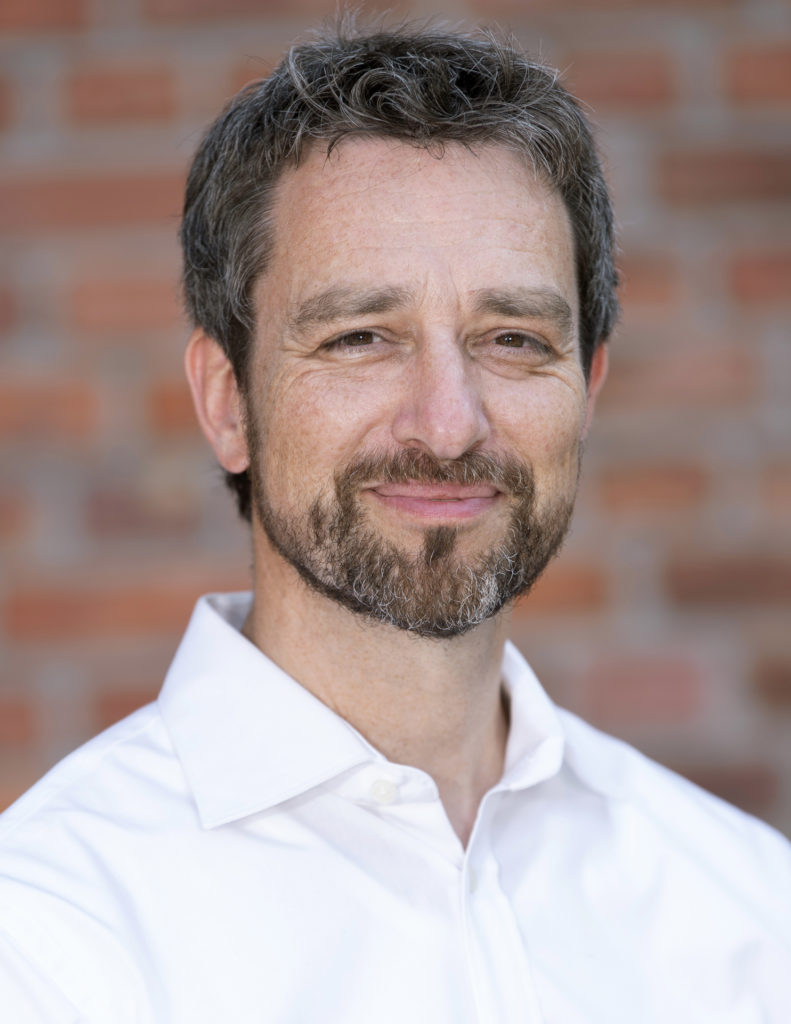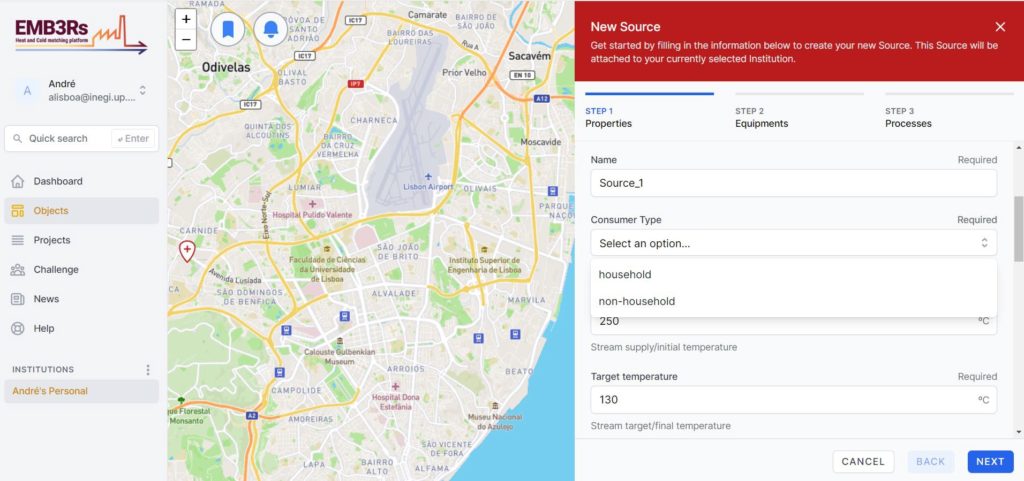The new heat recovery platform, EMB3Rs, can help industries find the best ways to re-use the waste heat energy that would normally be released to our environment. Here’s how it matches heat sources with sinks, to reduce carbon emissions.
Just last year, CORDIS – the European Commission’s Community Research and Development Information Service – reported that energy represents up to 20% of the total production costs for many industries across Europe. At a time when businesses far and wide are struggling to pay today’s sky-high energy prices, and combatting climate change is on every political agenda, finding a cheap, clean and reliable source of energy has never been more important.
Waste heat is one option that is now being taken very seriously, with myriad European Union-funded projects underway to find out how to best exploit this carbon-free resource. A case in point is the heat and cold matching platform, EMB3Rs.
Back in 2019, researchers across Europe joined forces to develop EMB3Rs, an open-source, excess heat/cold re-use matching platform that determines the costs and benefits of re-using industrial waste heat energy, which would otherwise be released into the environment. Recent trials have clearly shown how excess heat/cold from industries, including biomass and steel production, can be captured and re-used as carbon-free energy in processes and services, such as cheese packaging and supermarkets.
What’s more, experiments confirm that recovered heat and cold can be efficiently used in district heating networks. Real-life case studies include Climaespaço’s district heat cold network in Portugal and a district heating system in Landskrona, Sweden.

Open Source platform to boost heat/cold recovery at industrial level
As the project draws to a close, Shravan Kannan, researcher at Sweden’s Royal Institute of Technology (KTH), is excited about the platform’s future. As part of his PhD, Kannan developed the platform’s so-called Technic Economic Optimization (TEO) module, which identifies the most cost effective way to use different technologies at heat/cold sources and sinks. Like the platform’s other modules, this is a ‘plug-and-play’ tool that can be used alone or in other platforms.
“One of my key takeaways has been to make sure the tools we develop are really useful for our industrial users – they need to be open source and have an easy learning curve,” he says. “I think we’ve done this, and once we’ve completely finished this platform, we can take our lessons learned and apply them to new platforms. EMB3Rs also provides an excellent base and can be modified very easily – people will be able to add to this platform in the future.
Kannan is convinced that using EMB3Rs for any kind of heat recovery analysis or feasibility study – at both an industry and municipal level – will be useful for the providers of excess heat and cold, and the users. “EMB3Rs enables decision-making at different levels – users can see, for example, what the profits could be for different projects, and then work out where the synergies and trade-offs are,” he says.
All eyes on EMB3Rs
Patrick Hoffmann, from the Department of Energy Markets at the Institute for Future energy and Material Flow Systems – Institut für Zukunftsenergie- und Stoffstromsysteme (IZES) – Saarbrücken, Germany, has been avidly tracking EMB3Rs’ development, and is keen to see what happens next. As he says: “Excess or waste heat is carbon-free… and I think over the next couple of years, we’re going to see a huge demand for platforms such as EMB3Rs that can bring together the waste heat sources with the heat sinks.”
Hoffmann, himself, has spent many years working with waste heat, taking part in several waste heat projects, funded by Germany’s Federal Ministry of Economic Affairs and Climate Action (BMWK). These include, as the project KoWa – Heat Transition in Municipal Energy Supply – that explores how to implement or expand municipal heating networks in Germany, as part of the nationwide heat transition.
Hoffmann has also organised the annual Waste Heat Congress, on behalf of BMWK, since 2015, and as he highlights, interest in waste heat recovery has risen dramatically in recent years, largely due to ambitious climate regulations. According to the researcher, renewable generation accounts for some 41% of Germany’s electricity yet the renewable share of the nation’s heat supply is only 17%. Given German Federal Government’s intention, as dictated by the Climate Change Act, to reduce greenhouse gas emissions by 65 percent of 1990 levels by 2030 and reach climate neutrality by 2045, this disparity needs to be quickly addressed.
“There’s going to be nationwide heat planning for German municipalities in the near future – we already have mandatory heat planning in some federal states,” says Hoffmann. “Waste heat is carbon dioxide neutral – just like renewable energy – so we’re now seeing a big drive to have heat grids that have a lot of renewable energy but also use waste heat. Germany has many funding programs, so many in industry are now trying to find the waste heat sources.”
With this in mind, Hoffmann recently took a closer look at the EMB3Rs platform. He found the overall platform design ‘very appealing’, and discovered that adding data relating to new sinks and sources was very simple – ease-of-use is critical to the success of any platform.

“Once the data has been chosen and entered into EMB3Rs, the platform offers a wide range of options in each module,” he points out. “For example, in the market module you can set the time-period of a simulation… and decentralised markets are also addressed – this is all great.”
Hoffman was also intrigued by the TEO module, as developed by Kannan. He particularly liked the fact that this tool takes into account market constraints arising from regulation, availability of heat and load profiles, as well as the techno-economic characteristics of the technologies and investment plans.
Future hopes
Looking to the future use of platforms, such as EMB3Rs, both Kannan and Hoffman emphasise the importance of using accurate data in to generate accurate results. As Hoffman puts it: “It’s always about the data.”
Given this, Kannan highlights how he and colleagues are thinking about developing a confidence analysis module that could help users gauge the accuracy of any inputted data. Another interesting option is to design a ‘pinch analysis’ module that analyses heat flow through an industrial process, to minimize energy consumption.
Still, Hoffmann does wonder how the availability of real data will impact the platform use. “In my opinion, the availability of real data or, alternatively, realistic empirical date will determine whether or how intensively EMB3Rs will be used,” he says. “Anyway, from first impression, the platform looks very promising. From a functional point of view, everything looks great and everything seems to have been thought of.”
“I am now curious to see how the platform will ultimately perform and how it will be accepted by both companies and municipalities,” he adds. The platform will be available for the wider public to test it shortly after its development concludes by February 2023.
A platform testing for interested stakeholders will take place on 29 March 2023. More info here.

Published 14. February at EUROHEAT & POWER